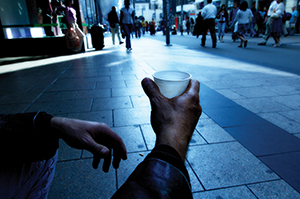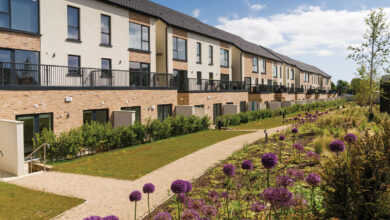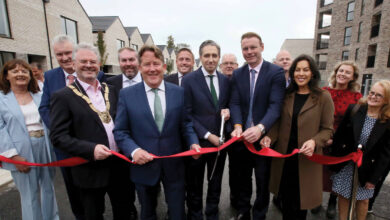Measuring homelessness
eolas examines the level of homelessness in Ireland and the Government’s action plan for helping those affected or at risk.
The State’s most accurate statistics on housing (including homelessness) are found in the last census results, recorded in April 2011. At that time, a total of 3,808 persons as homeless: 3,744 in shelters and 64 sleeping rough. The homeless population comprised 2,539 men and 1,269 women, with men making up the majority of rough sleepers (58).
This was the first time that the census took a comprehensive approach to measuring homelessness with specific shelters being identified and the Dublin Region Homeless Executive counting the number of rough sleepers in the capital.
A total of 386 people aged over 60 and 457 children (aged under 14) were homeless. Women without a home tended to be younger than their male counterparts. Sixty-two per cent of homeless people lived in Dublin: 2,375 individuals.
Two-thirds of homeless people were single compared to 42 per cent of the overall population. The proportion of married homeless people (5 per cent) was much lower than the 47 per cent share across the State. A slightly higher percentage was non-Irish (15 per cent) compared to 12 per cent in the overall population. This group totalled 533 people, including 140 from African countries, 139 from the UK, and 75 from Poland.
Almost half of the homeless population (49 per cent) did not have a qualification beyond lower secondary level. While 60 per cent of homeless people stated that their health was good or very good, this compares badly with 89 per cent among all residents of the State. The quality of health also appeared to decline steeply as a person became older. A large proportion (42 per cent) also experienced a disability, with psychological and emotional conditions affecting at least one in five homeless people.
Homeless Dublin serves homeless people as part of Dublin City Council and has recorded a 30 per cent increase in people accessing homeless accommodation in the region since the start of 2014 (see table). The trend is explained by an influx of families who have left rented accommodation due to high rents.
The rate of persons moving from emergency accommodation to social housing is insufficient to cope with new demand and the availability of private rented housing is much lower e.g. 43 moves to that sector in Q1 2015 compared to 193 into social housing.
Homeless Dublin counts rough sleepers in April and November of each year (see chart). The trend in recent years has been a peak in the winter followed by a fall in the spring. While the reduction between November 2014 and April this year is larger than usual, the number of rough sleepers remains well above the figures recorded in 2013 and in previous years. Every number represents a vulnerable individual.
To tackle the general problem of homelessness, the Government set up a response plan last May overseen by an implementation team which reports quarterly to the Cabinet’s Social Policy and Public Sector Reform Committee. This aims to provide 2,700 accommodation units for homeless people by December 2016, including a minimum of 100 households for rough sleepers in Dublin at least 1,950 renovated long-term vacant local authority housing units.
A national inventory of ‘voids’ will be established i.e. all dwellings that are currently without a tenant. Local authorities will identify other properties that may previously have been acquired for social housing but are not yet in use. Vacant properties may be leased or licensed to housing associations with a requirement that they be allocated to homeless householders.
At least 15 per cent of appropriate properties released by the NAMA process will be allocated to homeless persons and people from other vulnerable groups. Each homelessness action team will have direct support from a community mental health nurse and a rigorous review of the available data on homelessness is also pledged.
Many of the commitments are ‘works in progress’ but one immediate point of progress last year was to allow householders at risk to let their landlord receive their rent supplement directly. This can immediately reduce pressure on a tenant’s budgets. Department of Social Protection staff have also been reminded about their discretionary powers for helping householders in financial difficulty.






